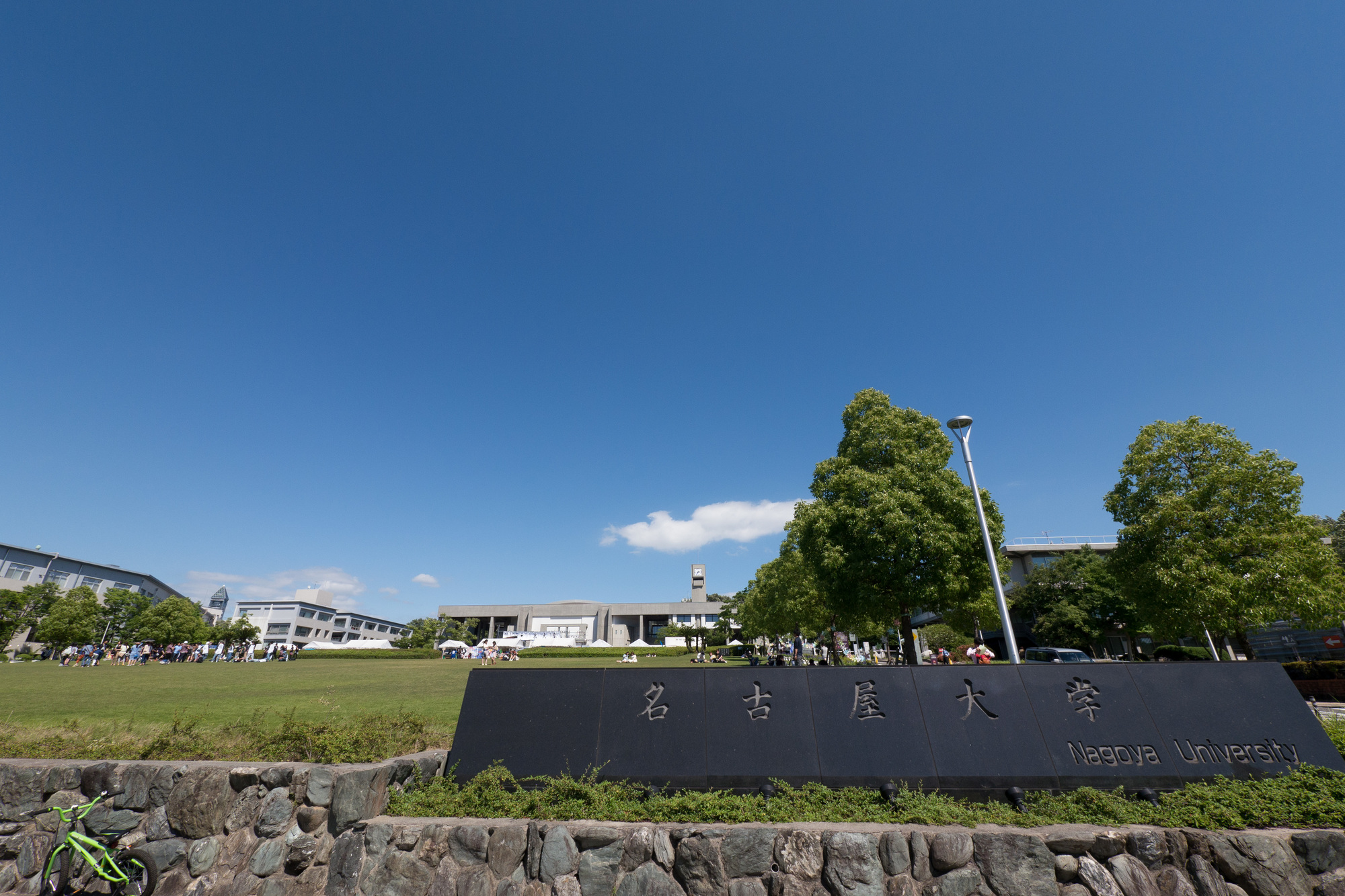A research group led by Assistant Professor Kunihiro Morishima of the Institute of Advanced Studies, Nagoya University discovered an unknown space inside the pyramid of King Kufu in Egypt using the latest technology using cosmic rays using a nuclear emulsion.
The Egyptian pyramids are the oldest stone buildings in the world, and many mysteries about the possibilities of unknown spaces and construction methods remain inside.To unravel this mystery, an international joint research "Scan Pyramid" was launched targeting the Egyptian pyramids, the Bent Pyramids, and the Red Pyramids, making full use of the latest science and technology.Operated by the Ministry of Archeology of Egypt, Cairo University and HIP, the purpose is to investigate the inside and outside of the pyramid using the latest science and technology.The research uses techniques for cosmic ray muon radiography, infrared imaging, and precise 3D reconstruction by photography and laser surveying.
The group uses cosmic ray muon radiography technology.It uses a nuclear dry plate, which is a thin sheet-shaped radiation detector with a thickness of about 0.3 mm, and is a special film that three-dimensionally records the trajectory of charged elementary particles called muons with an accuracy of 0.1 mm or less. ..Muons are elementary particles with high penetrating power, and it is said that the area per square cm is constantly poured onto the ground at a rate of about 1 per minute.Therefore, when used for observation, if more muons are detected than expected, a space or low density region will exist in that direction.
This time, the research group installed this nuclear emulsion detector in the lower passage leading to the inside of the Pyramid of King Kufu and observed it.We analyzed the information of about 870 million cosmic ray muons accumulated on the film.As a result, a region where many muons were detected was confirmed, and it was found that there was space from the north side to the south side (center direction).
It is said that the discovery of an unknown space in a huge stone structure by scanning with a method like this is the first achievement in the world.This method has been shown to be applied to various archaeological site length surveys and cavity surveys, and is expected to have a large spillover effect in the future.

